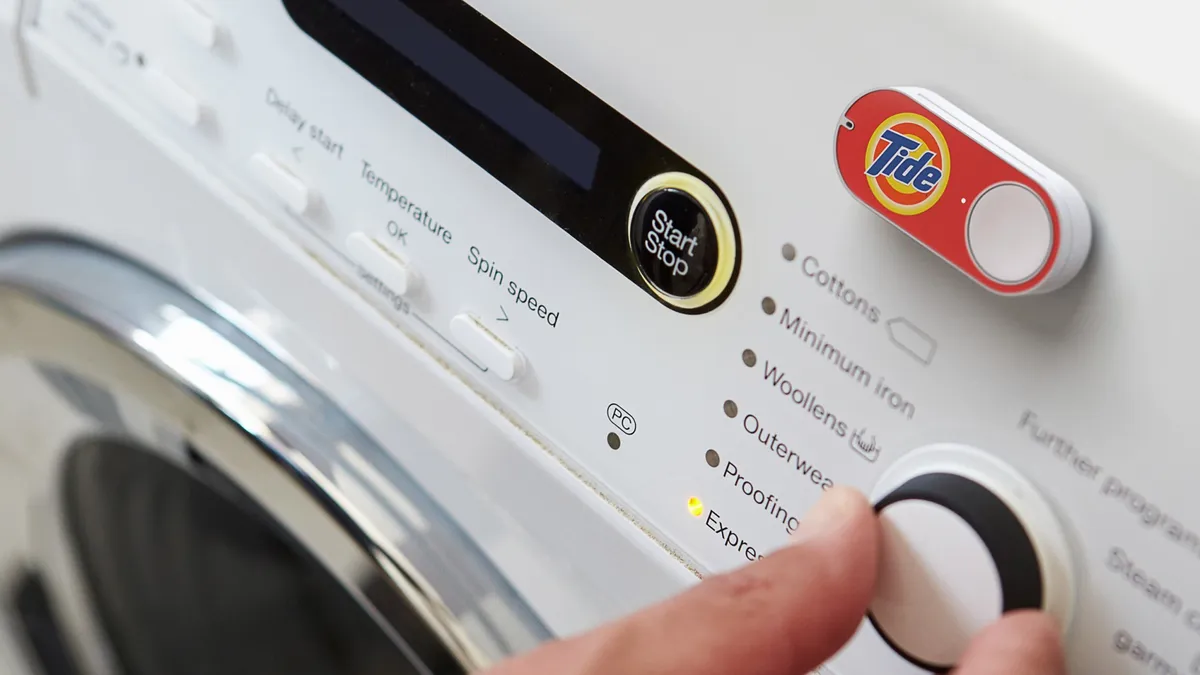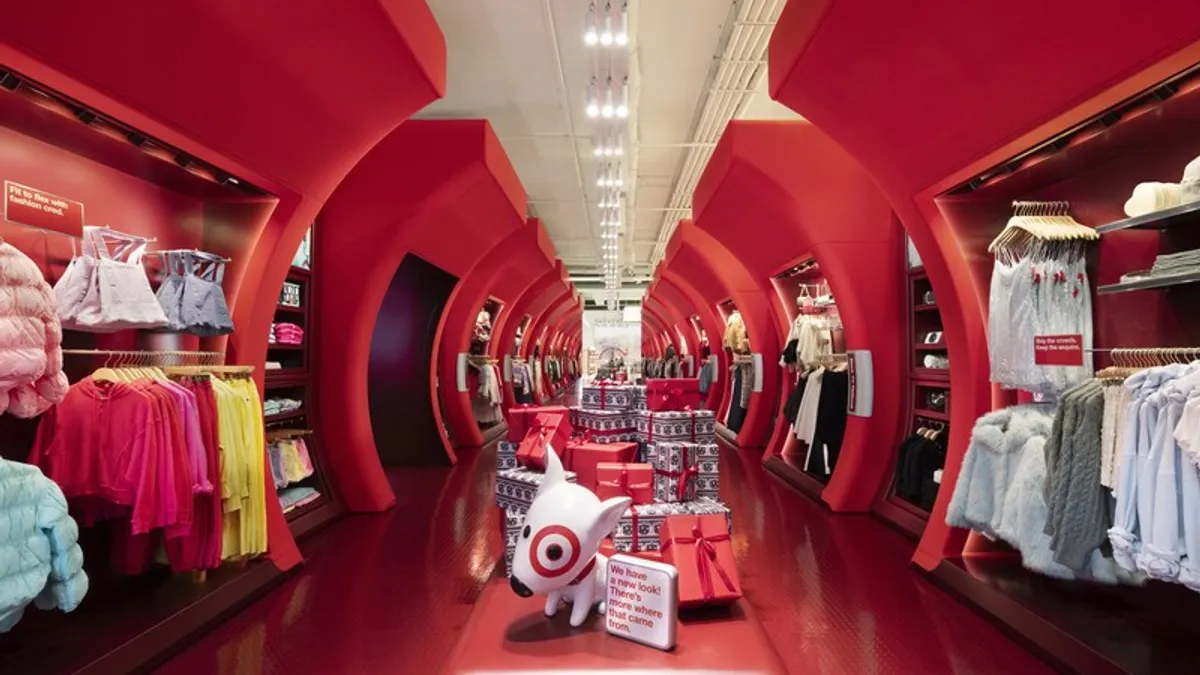Editor's Note: The following is a guest post from Phillip Adcock, founder and managing director of shopper research agency Shopping Behavior Xplained Ltd.
Is Amazon’s Dash program as revolutionary as it seems? Or is it just another way to infantilize its customer base? These little buttons around our home seem promising in principle, but the past two years show that there’s a long way to go before they push consumers’ buttons — enough to be considered anything other than a commodity, at least.
Dash seems to be expanding, both globally and in terms of product base, but is the concept generating as much hype in the home as it is online? Here are four reasons why Dash just doesn’t deliver.
1. Consumers aren’t dashing to brand their home
One of the major problems shown by the consumer base in the U.S. so far is that the Amazon Dash button features such overt product placement. It’s like placing banner ads within your home, and smacks a little too much of "The Truman Show": We’re living inside a bubble of advertising that’s now invaded even the safety of our own personal space.
Amazon may have hoped to slip this one past us, but reviewers of the product certainly haven’t missed it. One tech writer went from being tantalized by the convenience that they offered, to frustrated by the extra cost, the deals he missed, the lack of product variation and the intrusion of colorful branding into his home.
2. Dash creates a sense of disempowerment
A key feature of Amazon Dash’s appeal (or repulsion, depending on your view) is that it encourages mindlessness. The technology is designed to seek, target and destroy ‘switchers’ — people who pursue the best deals, or like to try different brands.
In fact, Dash’s main business model is changing retail shopper behavior. This is a key reason so many brands are rushing to inveigle themselves into customers’ homes, via a seemingly innocuous button. Take away the option to switch when you’re faced by dozens of brands in the supermarket, and you have brand loyalty by default. According to scientific studies on retail shopper behavior, when customers are empowered, they’re more likely to switch brands and seek the best deal, or treat themselves to a luxury brand when they’re having a good day. Amazon Dash takes this away, and replaces it with the ‘luxury’ of not having to think.
The question we then face when we consider that switching products symbolizes empowerment and individuality: Is this a luxury, or disenfranchisement that will affect our long-term happiness?
3. Dash encourages mindlessness — but it’s targeting the wrong generation
The Dash button faces another problem in that, quite simply, it’s targeting the wrong generation. Shopper research suggests brand loyalty was more important in the 1950s, 1960s and 1970s: An order-by-touch button spotlighting the most popular brands would have offered peace of mind and security to the consumers of decades past, as product consistency wasn’t as common.
Now, however, the average millennial is on a quest to return consumerism to local, sustainable small businesses. This trend towards supporting small businesses is shown by where people put their money: Both online and offline, Kickstarters, pop-ups, and SMEs are all growing and thriving as people want to put a name to a brand, and a face to a name. Look at Kickstarter: If you create one with a video, you’re 20% more likely to succeed than if you create one without. Consumers are turning against big, faceless brands, and wanting to know who’s making their product, how it’s being made and where in the world it’s coming from.
4. Dash is a PR commodity, but the tide could turn if it doesn't get greener
Amazon’s PR team is somehow managing to pull the carbon emission-soaked wool over people’s eyes. The convenience of its service is overwhelming consumers’ consciences when occasional reports surface about what goes on behind the scenes. Predictably, questions are being asked about whether more little bits of plastic are needed, but more worrying is the extra packaging and emissions from the trucks on the road and the boxes the products are shipped in.
As mentioned above, Amazon’s convenience has so far stopped people asking too many questions about the methods involved. But the Dash — something that promises ultimate convenience — doesn’t actually save time or money. If you run out of something and press the button, you want it now — not in two days’ time, which is the only shipping option. It also shows neither the price, nor the offers or latest deals, meaning you could find yourself accidentally spending far more than you anticipated.
Is there a future for the Dash? Or is it doomed?
The recent expansion of the Dash suggests that Amazon is still predicting success, but is the company trumpeting victory prematurely? Roughly 250 total products may seem like a lot when scrolling through them, but when you consider that you probably have that many options in your local brick-and-mortar store, heading down there instead will still be the choice of many.
Unless Amazon starts to at least make concessions for the demographic already linked in with technology — millennials crying out for local projects, sustainability and less consumerism — the lifespan of the Dash will be a short one. Large companies like Amazon, Starbucks and Google may be upstanding on the surface, but without more transparency, they’ll have limited appeal to consumers who wish to put their money where their mouth is, supporting businesses that align with their ideals.






















